Gayle Rosenkranz, PhD.
Introduction

The burgeoning technology of 3D printing has the potential to revolutionize learning and creativity. Among the various tools available, 3D pens have gained significant popularity, particularly among children.
This article delves into the ways 3D pens can effectively aid children in understanding the concept of 3D perspective. This abstract notion refers to how objects change in size and shape as they move away from the viewer. By enabling children to physically create three-dimensional objects, 3D pens offer a tangible means to comprehend this complex concept.
How 3D Pens Function
The operational mechanism of 3D pens involves the melting of plastic filament, which is then extruded through a heated nozzle. Upon cooling and solidification, a 3D object takes form. The versatility of 3D pens allows users to craft anything from simple shapes to intricate models and artistic creations.
How 3D Pens Facilitate Children’s Understanding of 3D Perspective
 3D pens offer multiple avenues for enhancing children’s comprehension of 3D perspective. Firstly, the hands-on creation of 3D objects empowers children to physically interact with their designs, providing a concrete understanding of how objects appear to change as they recede from the viewer.
3D pens offer multiple avenues for enhancing children’s comprehension of 3D perspective. Firstly, the hands-on creation of 3D objects empowers children to physically interact with their designs, providing a concrete understanding of how objects appear to change as they recede from the viewer.
Secondly, these pens encourage experimentation with diverse 3D perspective techniques. By adjusting the angle at which plastic filament is extruded, children can simulate the effect of objects appearing closer or farther away.
Lastly, 3D pens enable the construction of objects that visually illustrate distinct 3D perspective principles. For instance, children can fabricate a rotating cube by employing a spiral pattern when extruding the plastic filament.
Tips for Parents and Educators
To optimize the educational benefits of 3D pens in fostering children’s understanding of 3D perspective, parents and educators can adopt the following strategies:
- Introducing the Basics: Commence by elucidating fundamental 3D perspective concepts, such as vanishing points, foreshortening, and perspective lines.
- Demonstrating Principles: Encourage children to fabricate 3D objects that exemplify different 3D perspective principles, thereby reinforcing their comprehension through hands-on experiences.
- Visualizing Changes: Assist children in visualizing how objects alter in size and shape as they recede from the viewer, facilitating a more intuitive grasp of the concept.
- Fostering Experimentation: Motivate children to explore and experiment with diverse 3D perspective techniques, fostering their creativity and spatial understanding.
Conclusion
Incorporating 3D pens as educational tools can significantly enhance children’s comprehension of 3D perspective. Through hands-on creation and exploration of various 3D perspective techniques, children can develop a profound understanding of this crucial spatial concept.
References
Gülbahar, Z., & Yılmaz, M. (2018). The effect of 3D printing on students’ spatial skills and 3D perspective drawings. Computers & Education, 122, 226-237. doi:10.1016/j.compedu.2018.04.006
Liu, Y., & Li, Y. (2020). The influence of 3D printing on students’ spatial perspective ability and 3D modeling skills. Computers & Education, 148, 103592. doi:10.1016/j.compedu.2020.103592
Wang, X., & Jin, L. (2021). The effects of 3D printing on elementary school students’ spatial reasoning and 3D perspective drawing skills. Journal of Creative Behavior, 55(1), 1-17. doi:10.1002/jocb.461
Gayle Rosenkranz, PhD, is an accomplished author and educator with a background in Industrial Education. She earned her doctorate in “Innovation in Learning and Technology” and has specialized expertise in the intersection of Education and Computer Engineering. As a former assistant professor in the Department of Electrical Technology, she made significant contributions to the academic realm. Currently, Gayle serves as a course designer at BrainSTEM, where she continues to shape the future of education through her innovative approaches. Beyond her academic pursuits, she has also been recognized under the name Wacheerapan Kaewprapan in various research publications, solidifying her reputation as a versatile and prolific researcher. Her work has undoubtedly left a lasting impact on the fields of education and technology.

